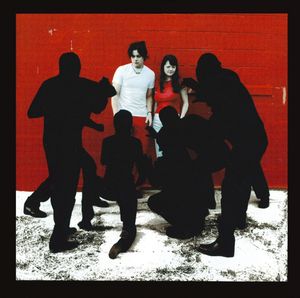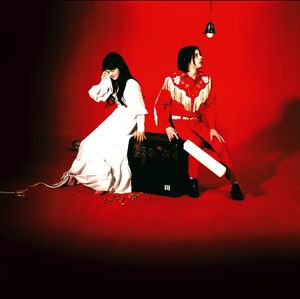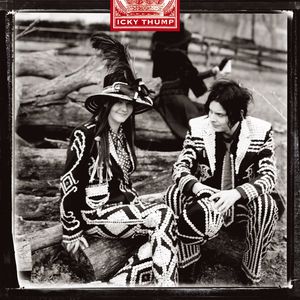

The White Stripes
Follow Your Favorite Band Today!
Top The White Stripes Community Posts
Albums
Story of The White Stripes
The White Stripes: A Garage Rock Revolution
Emerging from the gritty streets of Detroit in 1997, The White Stripes were a raw force of nature. Comprised of the enigmatic Jack White on guitar and vocals, and his equally enigmatic drummer Meg White, they became a leading light of the 2000s indie and garage rock revival.
Their early years were spent honing their sound in the Detroit music scene, releasing six singles and two albums: their self-titled debut (1999) and the more experimental De Stijl (2000). But it was the explosive energy of White Blood Cells (2001) and the raw power of Elephant (2003) that truly propelled them to stardom. These albums, imbued with a raw, visceral energy, placed them at the forefront of the garage rock revival movement.
The iconic "Seven Nation Army," with its instantly recognizable riff created using a guitar and octave pedal, became their anthem, showcasing their ability to distill complex ideas into simple, unforgettable melodies. They continued their reign with Get Behind Me Satan (2005) and Icky Thump (2007), further solidifying their status as rock icons.
The White Stripes embraced a lo-fi aesthetic, their music a potent cocktail of blues and garage rock influences. Their stripped-back approach, both in writing and recording, emphasized simplicity and rawness. Their stark visual aesthetic, centered around a red, white, and black color scheme, was as iconic as their music, as was their fascination with the number three, evident in their song titles, album releases, and stage performances.
After a hiatus, the band officially disbanded in 2011, leaving behind a legacy of uncompromising, raw rock and roll that continues to inspire and captivate generations of music lovers. Their impact on the music world is undeniable, reminding us that sometimes, the simplest ingredients can create the most powerful and enduring music.
Bands you may like
More Alternative Rock Bands
Explore Alternative RockDiscover more bands in the Alternative Rock genre and explore the diverse sounds that define this musical style.
Browse All Alternative Rock BandsMore Bands from United States
Explore United StatesDiscover the rich musical heritage of United States and explore bands that represent the country's unique sound and culture.
Browse All United States Bands





